How to make a child understand a task? The 5 C's of a good task for kids
Dressing the kids is a chaotic part of your day. There are clothes everywhere, your kids runs from edge to edge of your house singing. He finds your instructions funny, thinks that you play no matter how you formulate the request.

Chapter 2
How to make a child understand a task? The 5Cs of a good task for children
Dressing the kids is a chaotic part of your day. There are clothes everywhere, your child runs from edge to edge of your house singing. He finds your instructions funny, thinks that you play no matter how you formulate the request.
What you need to understand here is that your child's brain does not work like an adult's. Its development is not at the same stage. It is therefore very important to put yourself in the place of the child and to formulate instructions adapted to his level. The 5C rule can help set up an instruction for the child.
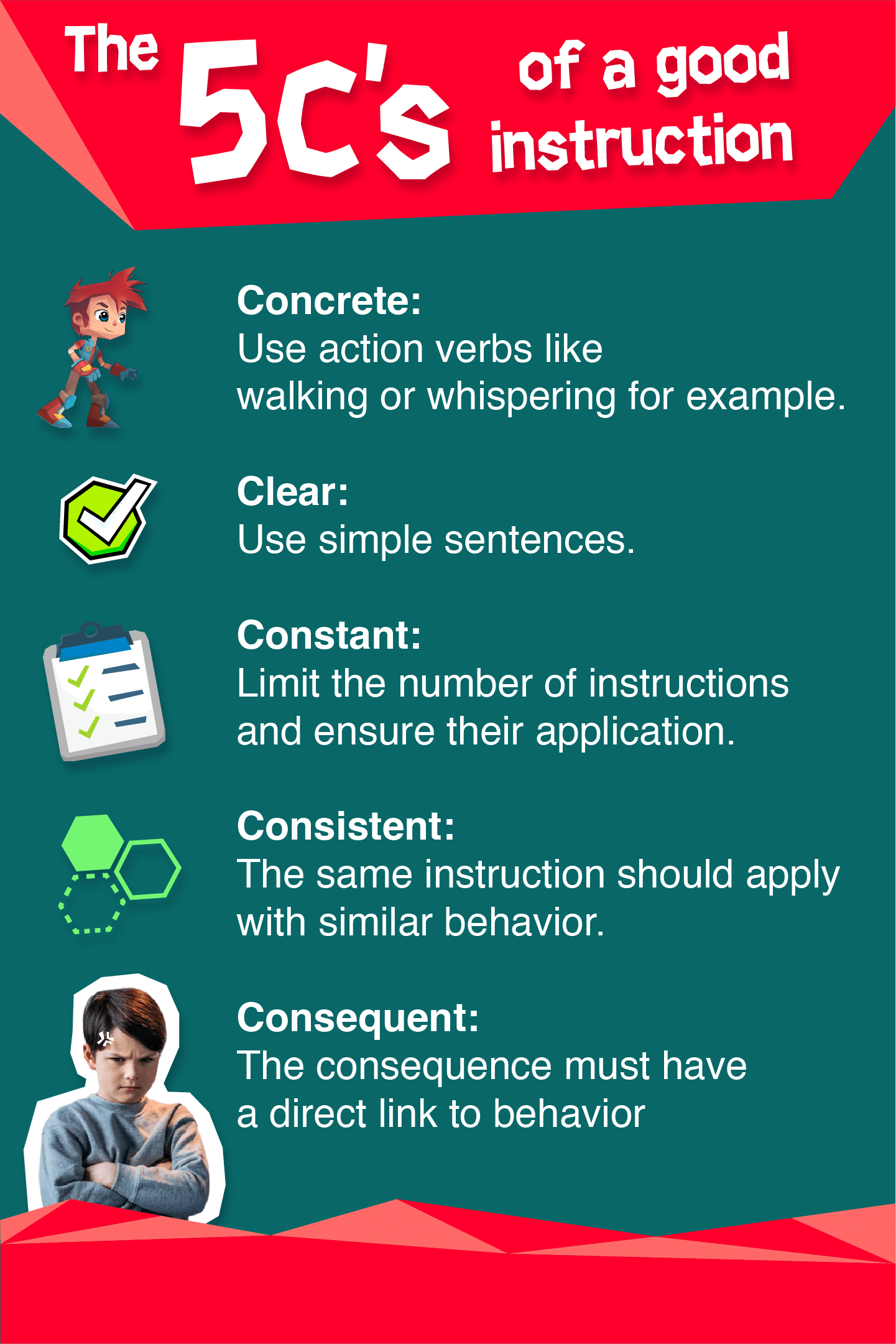
The 5 C's rule
A clear instruction
The younger the children, the more they need the instruction to be dissected to make it clearer. Thus, it is often recommended to include only one action per year of age of the child. For example, I would say "Take off your coat" to a 1 year old, but "Take off your coat, put it on the hook and wash your hands." to a 3 year old child. However, this does not mean that you have to scroll through a list of 10 instructions for a 10-year-old child. This rule is a BIG maximum of what their brain can retain at once. Don't forget to use tools that make this information clear to your child, such as routine pictograms.

Concrete
It is important to give priority to the positive instruction in which we evoke what is expected of the child (ex: "Walking") rather than indicating the behavior to be banned (ex: "don't run!"). , in early childhood, the child's brain does not perceive negation in sentences, so it will understand "don't run!"
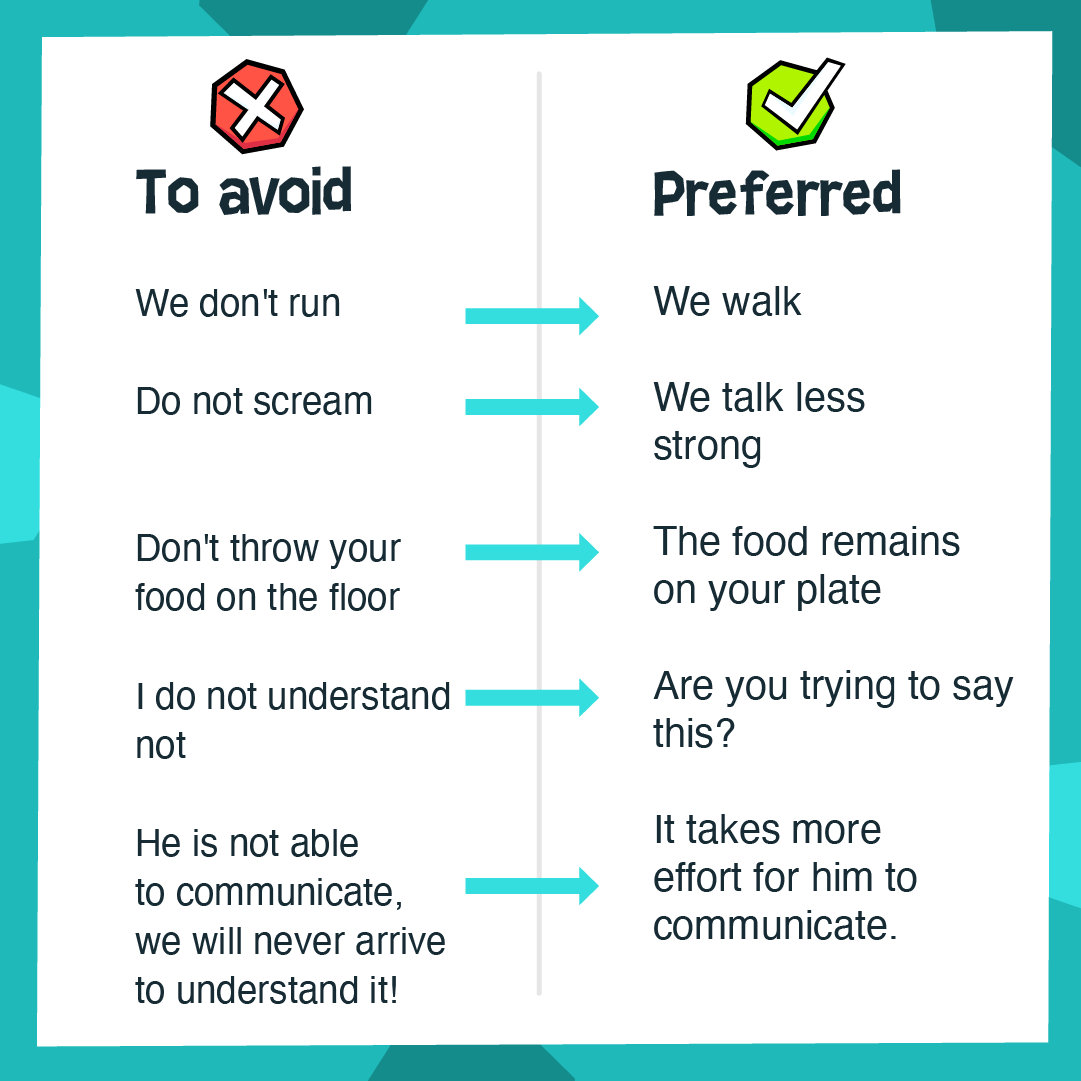
Even when they are older, it is relevant to put a positive instruction because in this way, the child will know what is expected of him. If I say "Don't run!" he knows what he should not do, but not what he should do. Should he jump, crawl, walk, stand still? It is clear for me, adult, but not for him, child!
Constancy
The same guidelines should always apply. Your routine should be consistent, and so should your instructions! Let's bring this example to the adult scale. It is okay to walk on the sidewalk and drive on the road. These guidelines apply regardless of the city or district. Hey!
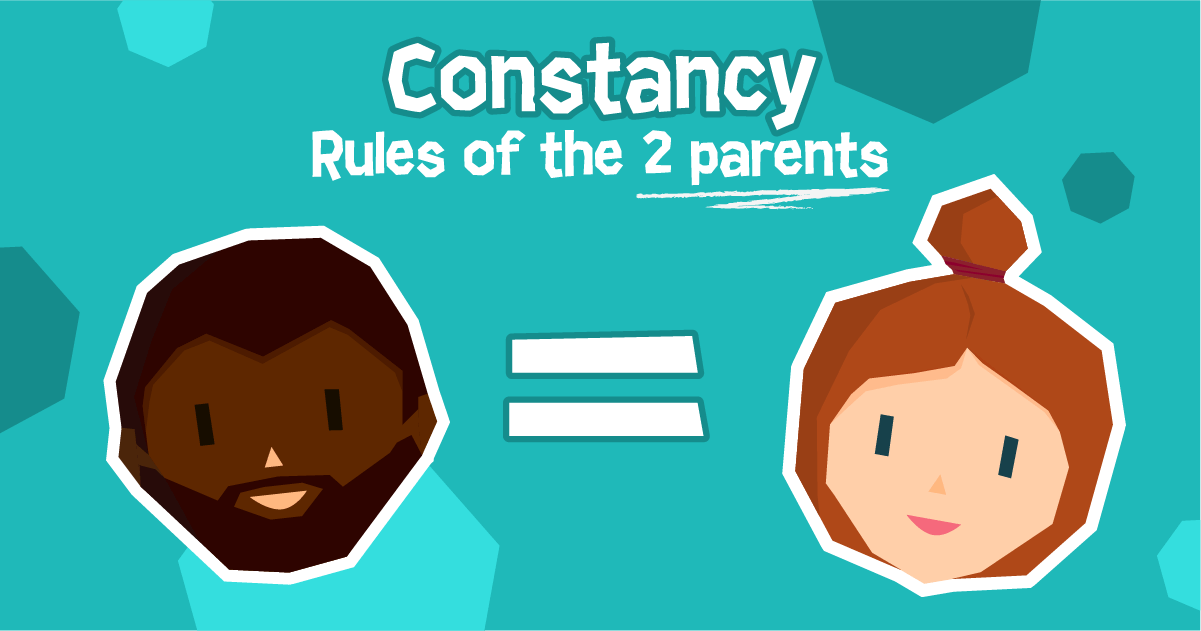
Good for the child, it's the same thing. If it is allowed every other day to eat in pajamas, or if the need to brush your teeth depends on your desire at the time, it will be hard for him to understand what is expected of him. Same thing if it's mom or dad who gives the instructions! This is when the instructions will come to frustrate him and he will be inclined to disobey.
Consistency
You know the saying “do as I say, not as I do”. This absolutely does not apply with children. They follow your example at all times. If you cross on the red light, they will. If you swear, they will. It is therefore not possible to ask a child to put away his coat when we are not doing it ourselves.

Start by leading by example, the amount of instructions needed will be greatly reduced.
Consequent
The consequence of the instruction must be linked. For example, if the child has a 30-minute seizure in the hallway rather than getting dressed, he has just lost 30 minutes of play, quite simply. It is worth mentioning to him. “Timothy, put on your coat quickly, otherwise you'll have less time to play outside. "Timothy, when you've washed your hands, you can grab yourself a game before supper." Thus, there is a logical sequence between the instruction, the task that is expected and the consequence.

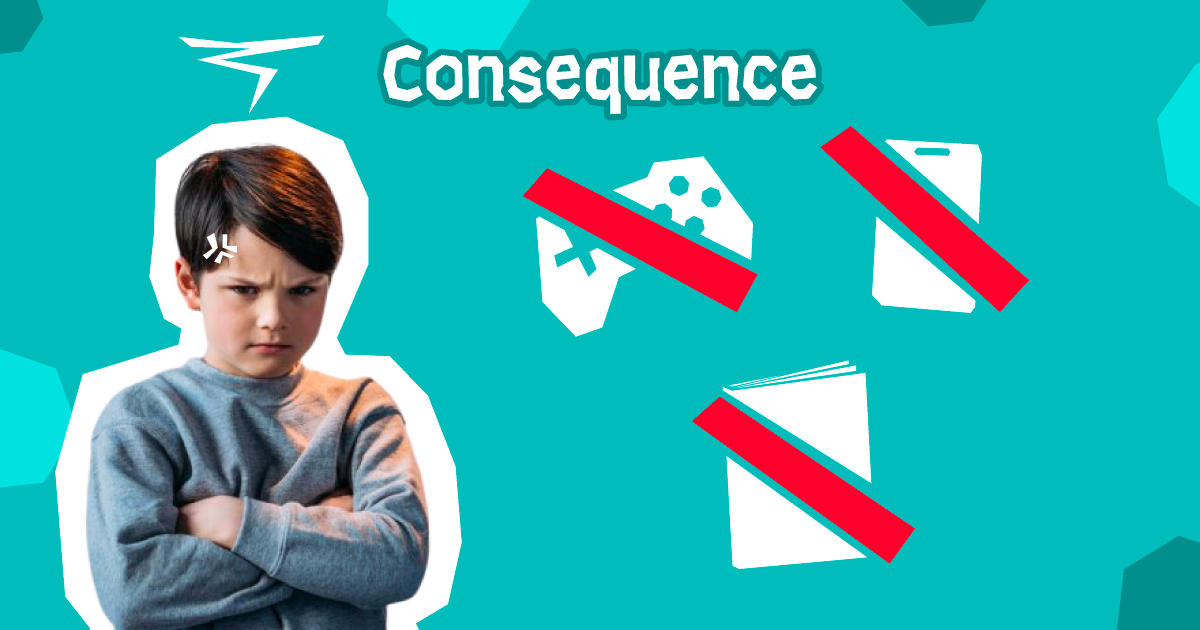
In this sense, it is super relevant to use the method of three chances. The first time, we call the instruction “Timothy, wash your hands before choosing a game”. The second time, we announce the possible consequence "Timothy, wash your hands before choosing a game. If you wait before washing your hands, you lose game time." and the third time, we can start a timer which times the playing time the child loses. Younger children sometimes misunderstand spoken instructions and will need to be physically removed (temporarily of course!) from play to understand the possible consequence.
Respect the rules
Communicate instructions well
Sometimes the instructions are badly worded, even when respecting all these rules. It is better, at this time, to reformulate the instruction. A glaring example is "sit properly" where "as it should" differs whether the child is seated on the ground with legs in a duck and that we want him to cross his legs or on his chair with his legs crossed. It is therefore better to rephrase and say “Sit with your legs crossed” or “sit on your buttocks. »
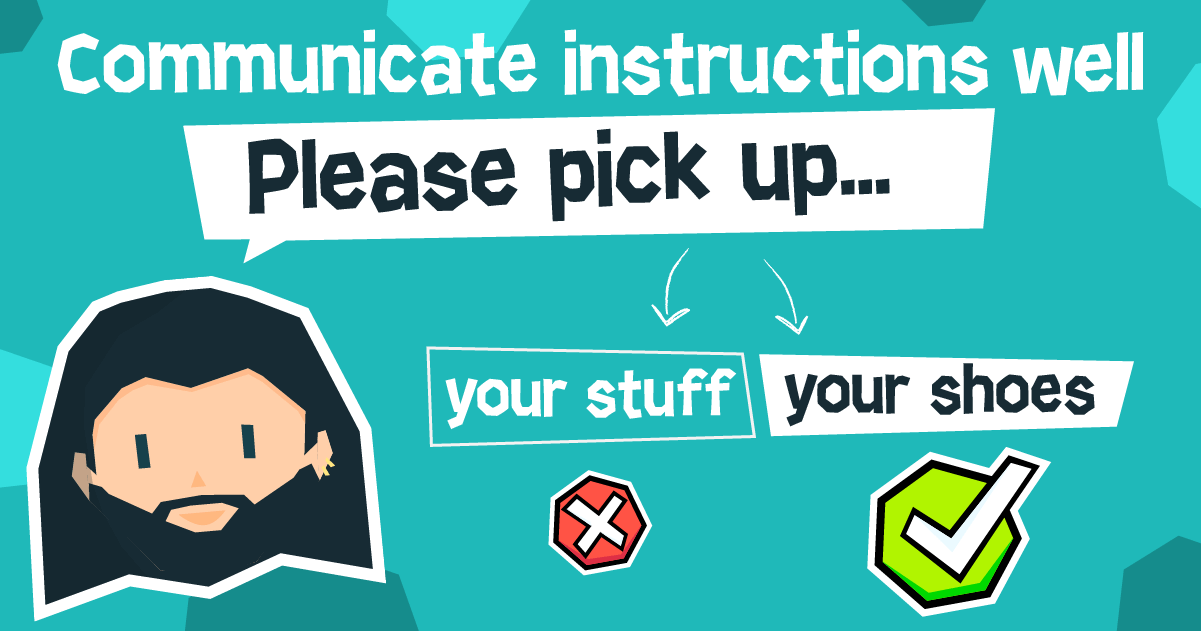
Also, if we have always used the term "stockings" and suddenly we ask him to put on his "socks", he may not do it. Do you know what socks are? Is it better to repeat the instruction using the word "low" to ensure that it is understood?
Give the reasons for the deposit
Even if they are young, even if the adult is right and decides, children need to understand the why of things. First, they will be more likely to do a task for which they understand the purpose. Then it will forge their ability to make connections.
As they will one day become adults, it is important that they understand the reason behind the requests. Otherwise, they will become adults running around the pool because no one has explained to them, “Timothy, I would like you to walk on the edge of the pool. The ground is slippery with water and if you run you could slip, fall and hit your head. As the floor is ceramic, the shock could create a concussion. »

This explanation is, of course, very long for a 3-year-old child. On the other hand, a ten-year-old child will be able to understand all these explanations and assimilate them much better.
Repeat
It's not their fault, but children need to be repeated regularly. Having visual access to the routine helps the child a lot and prevents us from repeating regularly. The Kairos app can help the child find their way around their routine and the tasks they still have to do, in addition to saving you from having to repeat the same instructions over and over.
A routine chart hanging on the wall is also a nice tool. In this case, it will be necessary to hang it in a central place and make sure that the child can move the completed tasks himself. This will create a sense of accomplishment in him!
Build your first routine
Now that you know how to ensure that your tasks are effective, how do you build your first routine?